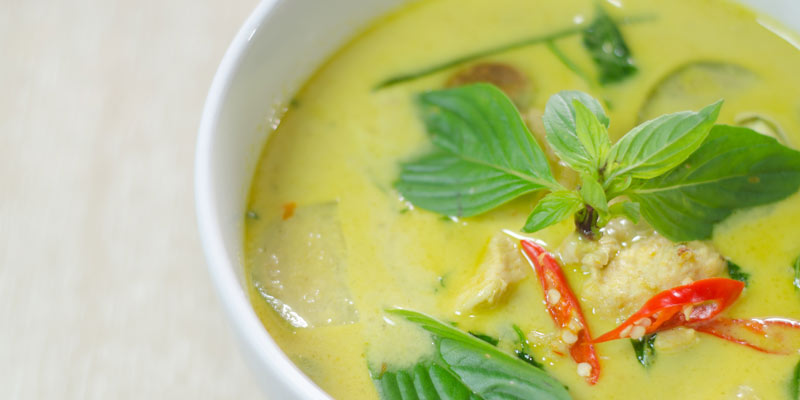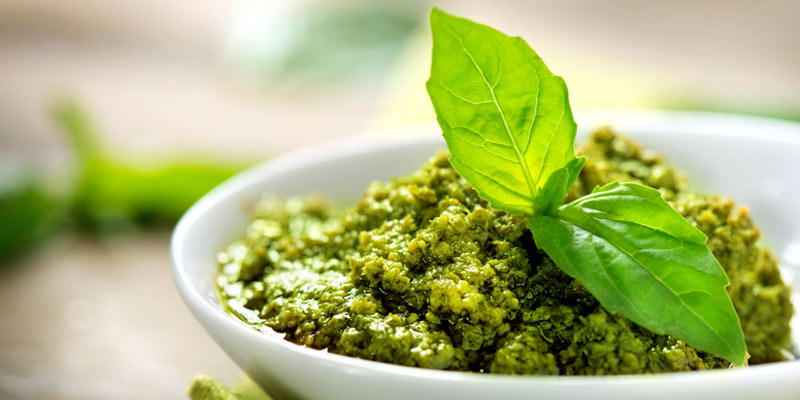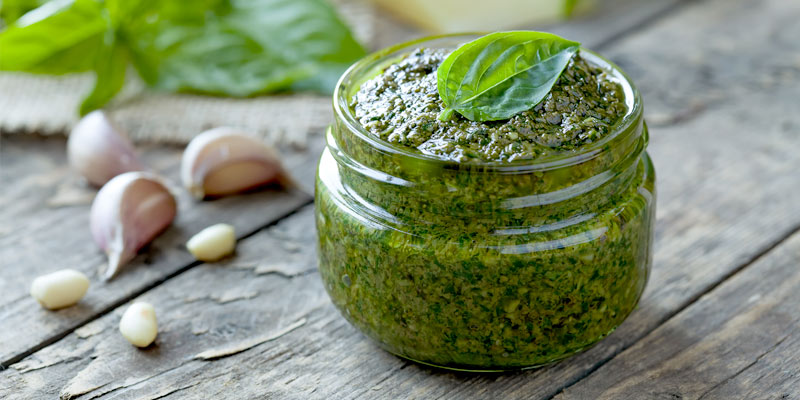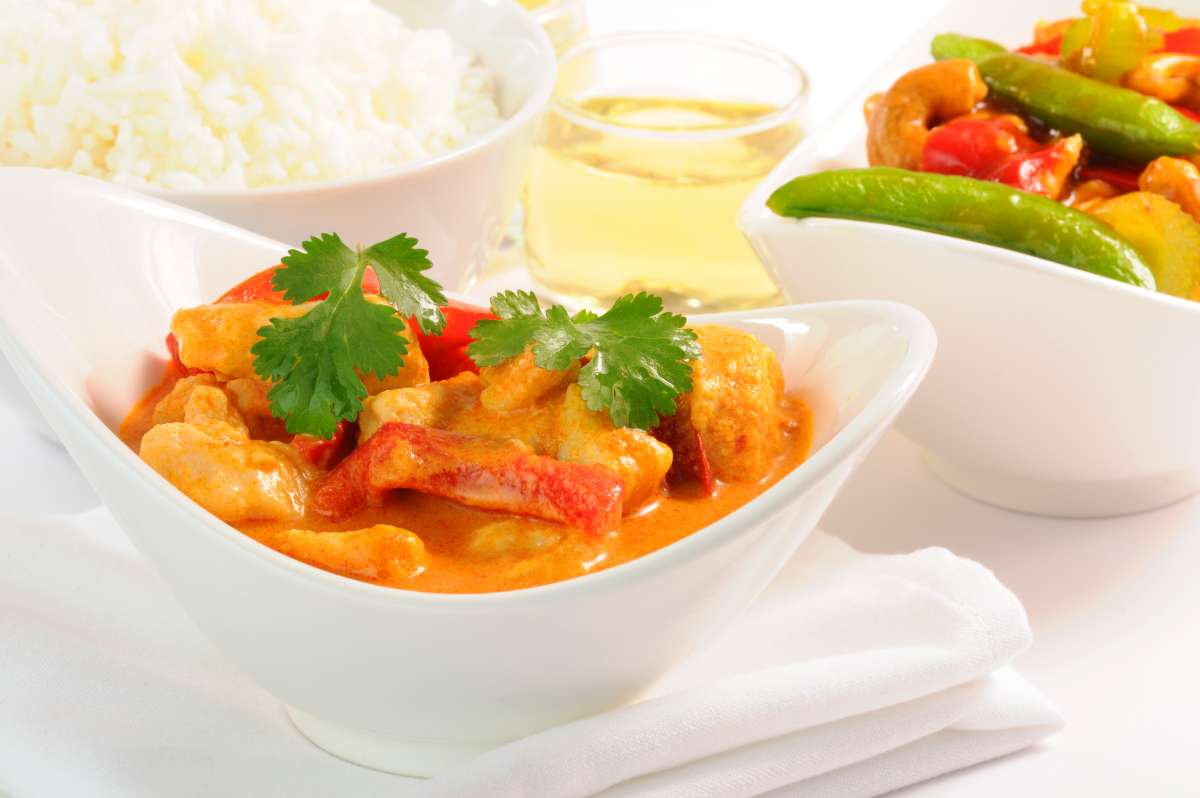Creative ways to move towards zero-waste cooking
If you’re making a move towards zero-waste cooking , here are some tips on how to use up lesser-eaten parts of vegetables without turning them into stock
The Godrej Food Trends Report 2020 featured environmentally responsible menus as one of the main trends in food and sustainability. Zero-waste cooking, encourages consumption of every part of the produce, instead of discarding the peels, stems and seeds of vegetables as is usually followed. A flavourful stock is the most common recipe to use up this ‘vegetable waste’ (as many people consider them). But with growing conversation around sustainability, we look at some of the lesser-known and equally delicious ways of cooking them:

Cauliflower stalks
Crunchy cauliflower stalks and leaves taste delicious and can be cooked in a variety of ways. The simplest way is to chop and cook them along with the florets. The other alternatives include adding them to sambar, making a pulao or even Punjabi style gobi danthal sabzi.

Coriander roots
If you’re a fan of Thai food, chances are that you’ve eaten coriander roots more times than you realise. The roots of young coriander plants are considered an aromatic and have a slight peppery flavour. They feature in several popular Thai recipes including red and green curry pastes, gai yung (grilled chicken) and gai pad prik gaeng (chicken stir-fried with basil). Closer home, you can use coriander leaves and the roots to make a green chutney or even the masala for the pani puri water.

Radish leaves
Radish leaves, surprisingly, are quite versatile and lend their distinct flavour and pepperiness to several recipes. You can make mooli bajra muthia or mooli thepla like the Gujaratis do, or the Tamilian mullangi keerai kootu (moong dal with radish greens). The greens even work well in a pesto — swap the basil and parsley with radish leaves or simply add them. You can also do a simple stir-fry with olive oil and aromatics to let their flavour shine.
Onion peels
The papery peels are the first to get tossed in the bin whenever we get onions out for use. However, their mildly bitter and astringent flavour can come in handy in some ways. Add a couple of onion skins when you cook rice or rice-based dishes such as pulao or jeera rice since it adds more flavour to the dish. Don’t forget to remove the peel before eating it though! You can also brew onion skin tea by boiling the peels in water and straining them before consuming. This unique hot beverage is comforting during chilly weather.
Broccoli stalks
People usually tend to cook broccoli florets but throw away the stalks. Well, no more. The stalks might take longer to cook than the florets, but they can be used in several dishes. If you aren’t a fan of the taste, adding them to pav bhaji is a great way to camouflage it. Another option is to stir-fry them with aromatics such as garlic and veggies like bell peppers, mushroom, spring onions, etc. Pair this stir-fry with grilled chicken or even cooked quinoa, and you have a quick meal ready!
Do you have any other creative ways of using lesser-eaten parts of vegetables? Share your tips with us in the comments section below.

